Meet McLaren’s Wild W1 Hypercar
McLaren has unveiled the successor to its F1 and P1 halo hypercars. The W1 gets its name from the company’s “World Championship mindset,” and its spec is suitably earth-shattering.
Take the powertrain to start. There’s a new four-liter MHP-8 twin-turbo V-8, with its block, cylinder heads and pistons all in aluminum. Its cylinder bores are plasma spray coated, allowing the engine to rev to 9200 rpm, there’s port fuel injection and a direct injection system that runs at 350 bar, plus a tubular exhaust tuned as much for sound as performance.
Its specific output of 233 hp per liter is the highest of any McLaren engine, allowing internal combustion to contribute 928 horsepower. Adding to that is a motorsport-derived E-module mounted to the side of the eight-speed transmission, which adds a further 347 hp, yet only weighs 44 lbs. The Formula-E spec motor can spin to 24,000 rpm, and is powered by a compact 1.384 kWh battery.

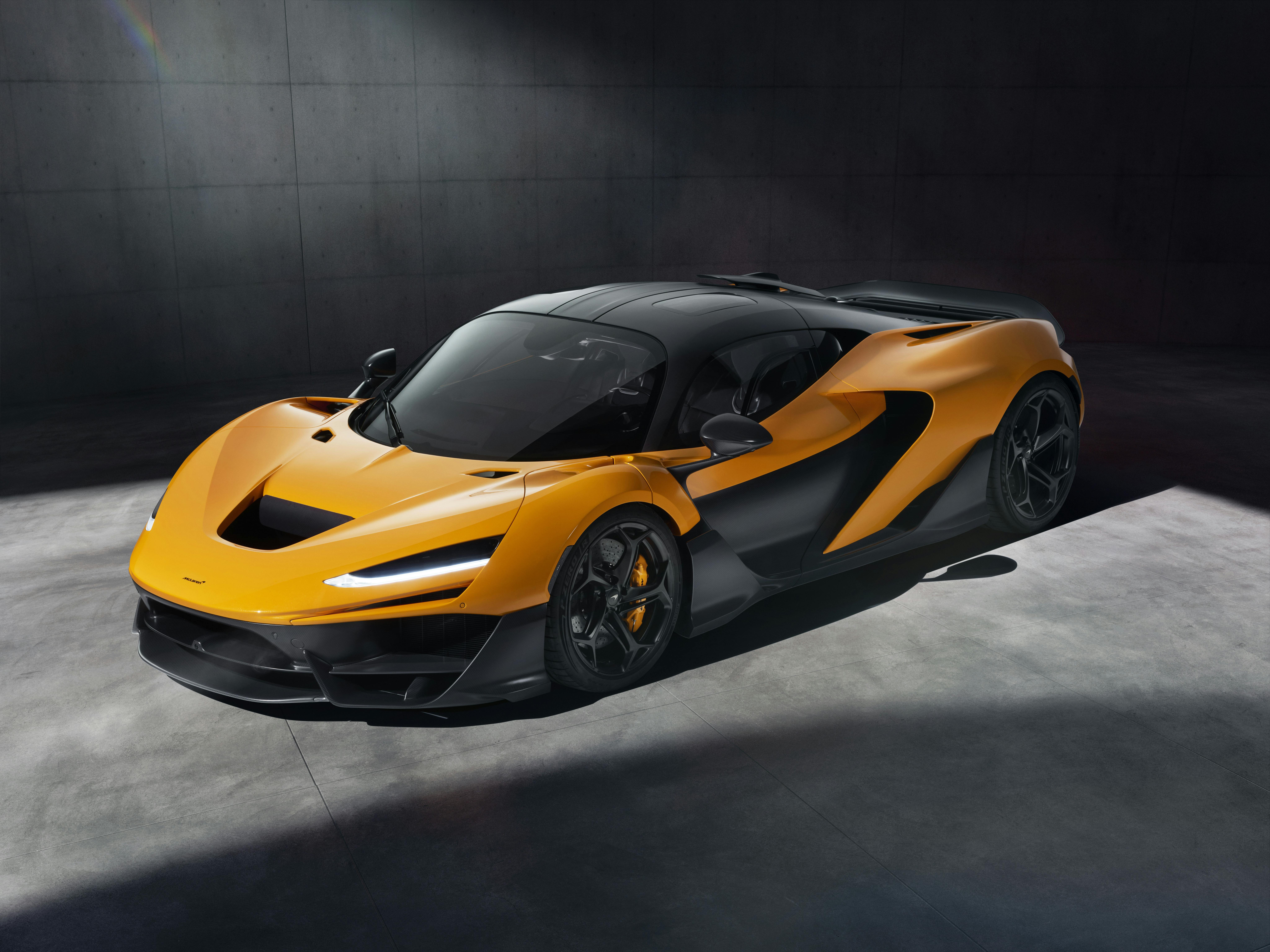
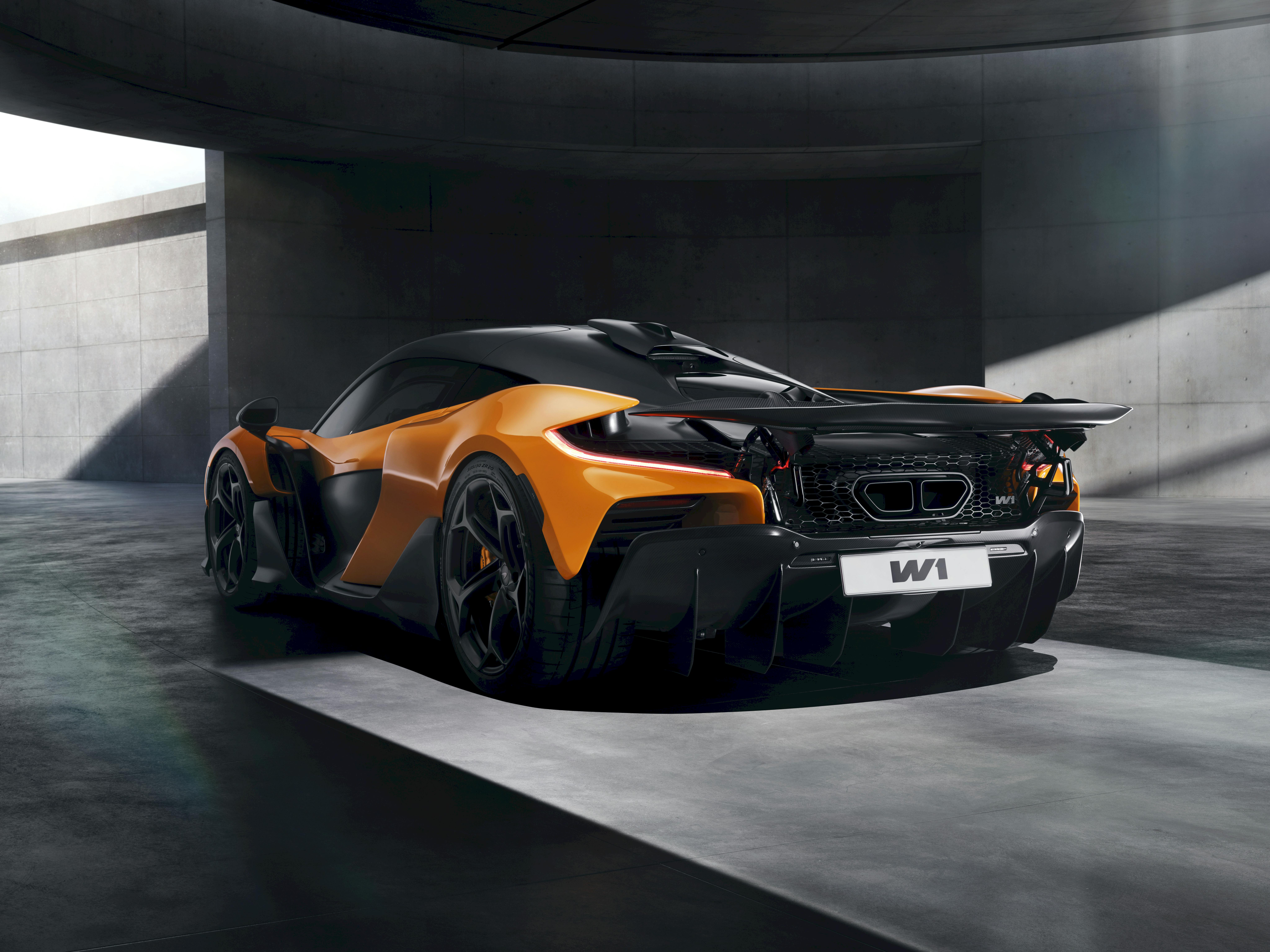
Although it can drive in pure electric mode, it will only go two miles in silence, with the hybrid system focused on delivering brutal acceleration instead. Hold on tight for some ridiculous numbers, because with all 1275 horses deployed the W1 can launch to 62 mph in 2.7 seconds, hit 124 mph in 5.8 seconds, and 186 mph in less than 12.7 seconds. Top speed is limited—yes limited—to 217 mph. Hit the brakes and it will slow to a stop from 124 mph in 328 feet and from 62 mph in just 95 feet.
That level of performance is made possible not just by the W1’s prodigious power, but also by its minimal mass. Thanks to an all-carbon Aerocell the W1 weighs in at a shade over 3000 pounds, which is almost identical to the P1, yet it delivers almost 400 hp more.
What’s not so different from the P1 is the styling. The W1 has that signature McLaren look, which on the one hand means it has a clear brand identity, but on the other suggests closer inspection is needed to tell it apart from lesser cars. So, deerstalker hat on and magnifying glass in hand, let’s take a look.
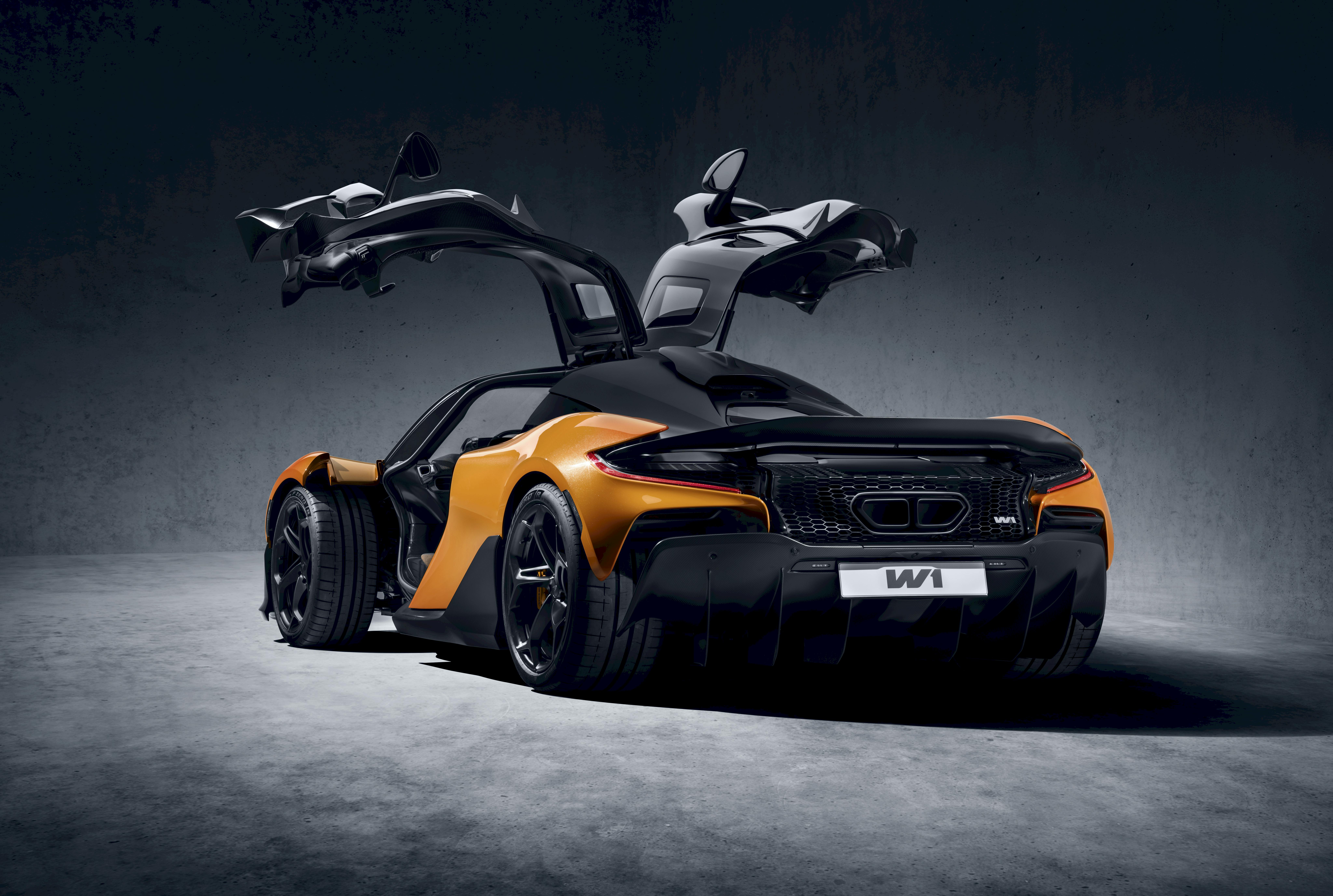
Reasonably obvious are the full gullwing doors and the deep air duct in the hood, with the W1’s most significant feature saved for the rear. It’s called the Active Long Tail and, at the touch of a button extends the rear wing out by an additional 12 inches. When combined with the car’s F1-style ground-effect aero design it helps to provide up to 2200 lbs of downforce, yet can also be flipped into a low-drag setup with a DRS button in the cabin.
The W1 can perform a “radical” road-to-track transformation by dropping its ride height by 1.46 inches at the front and 0.67 inches at the rear and offers two race modes: GP and Sprint. GP is engineered for consistent pace over a longer distance with Sprint draining the battery for the ultimate hot lap.
The various drive modes are selected from the squared-off steering wheel, which moves, along with the pedals to fit the driver because the seats are actually integrated into the monocoque.

For optimum driver engagement, McLaren has eschewed drive-by-wire for steering and brakes, maintaining hydraulic systems instead. The suspension design implements F1-style titanium torsion bars at the front and a z-bar at the rear, with both featuring an active heave system, and braking is by carbon ceramic discs.
All this contributes to making the W1 the fastest-ever McLaren road car, but it also outpaces the track-oriented Senna, lapping the Nardo test course some three seconds faster. The Senna does, however, outrun the W1 in one area—500 of those were built, whereas McLaren will only assemble 399 examples of the W1. They’re priced from around £2 million ($2.6 M) and all have already been allocated.
The W1’s launch timing is spot on, with McLaren leading the Formula 1 World Championship for the first time in a decade. If the season ends with the British team on top then the W1 really will live up to its name.


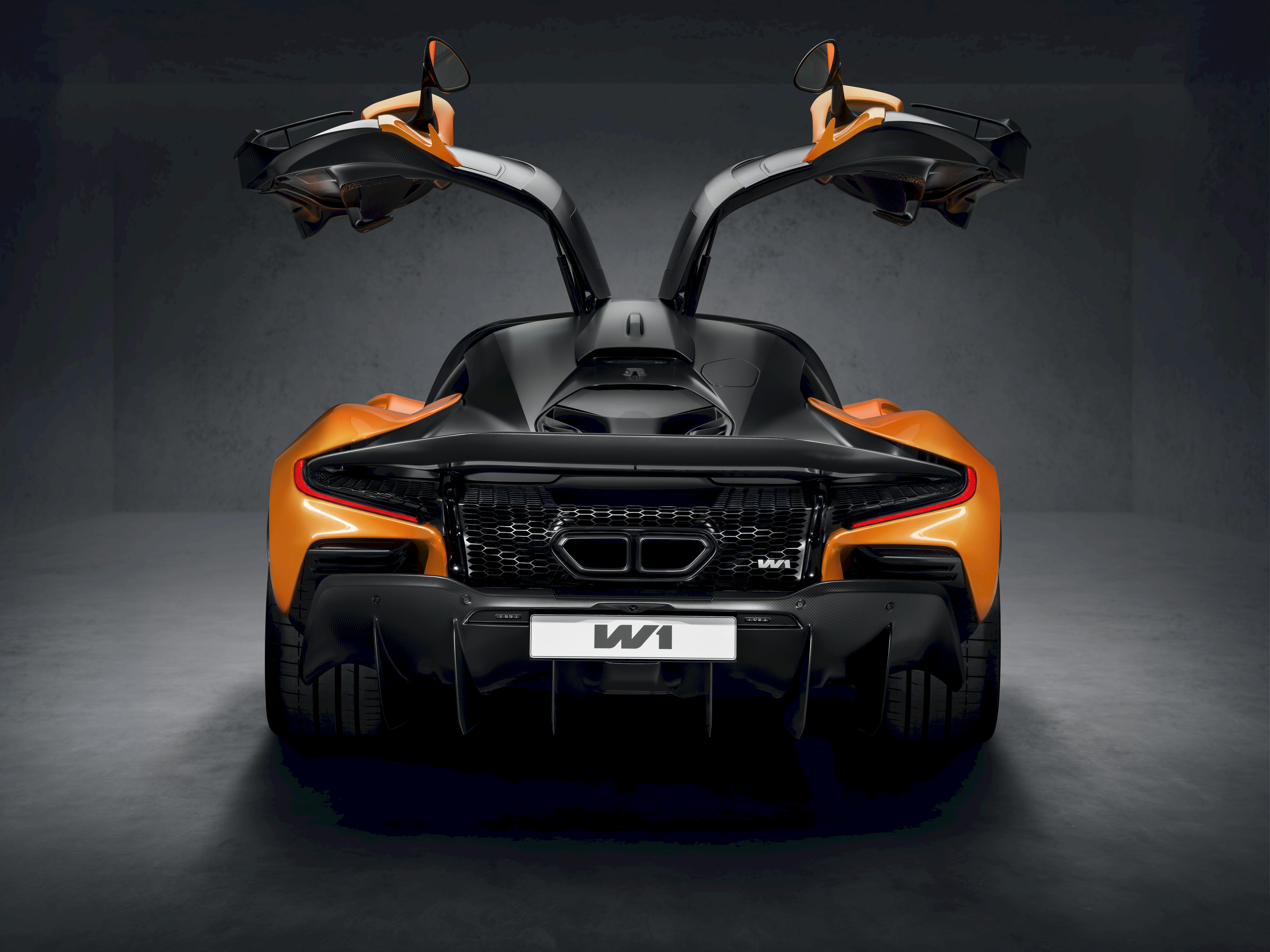
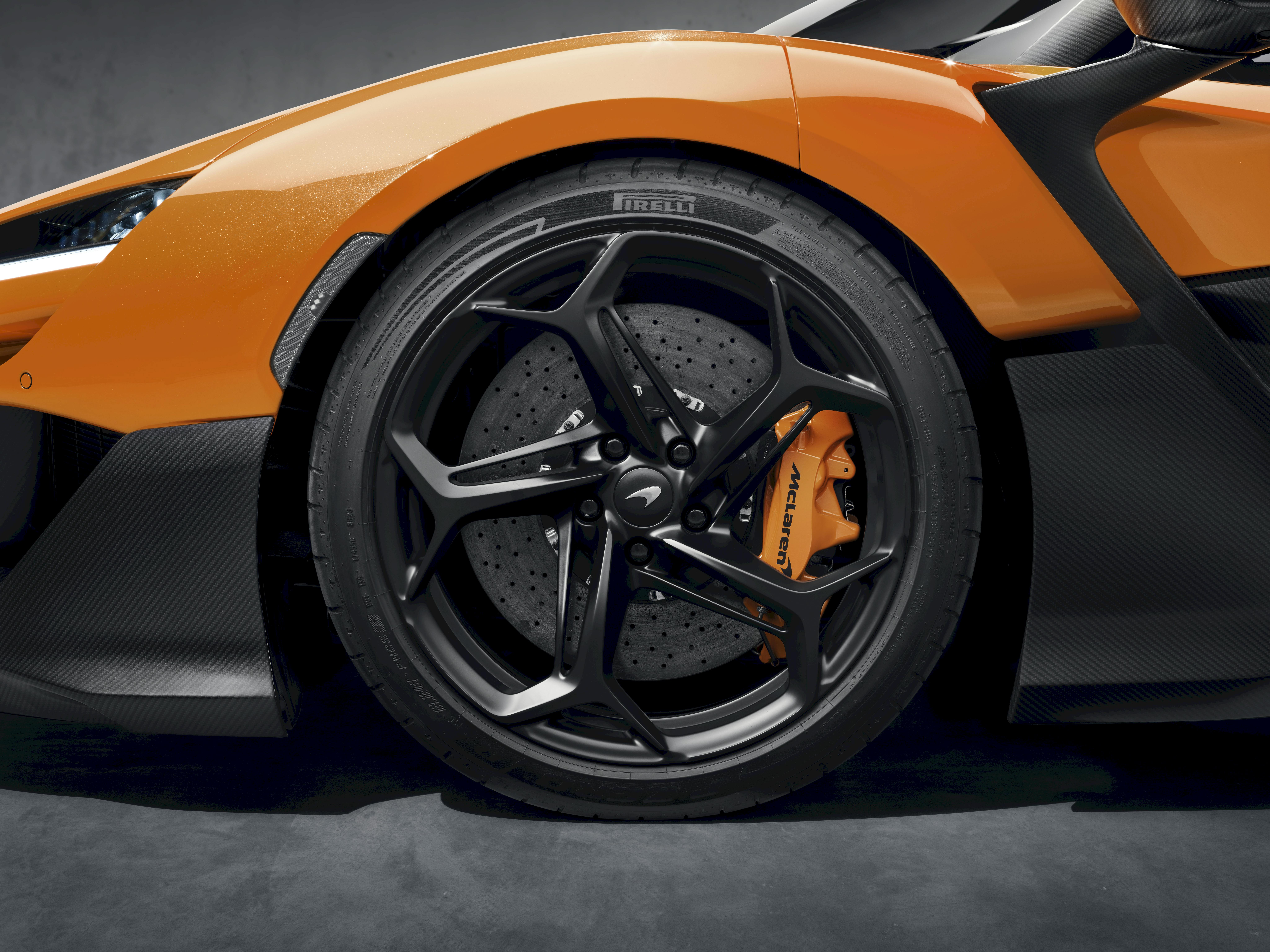

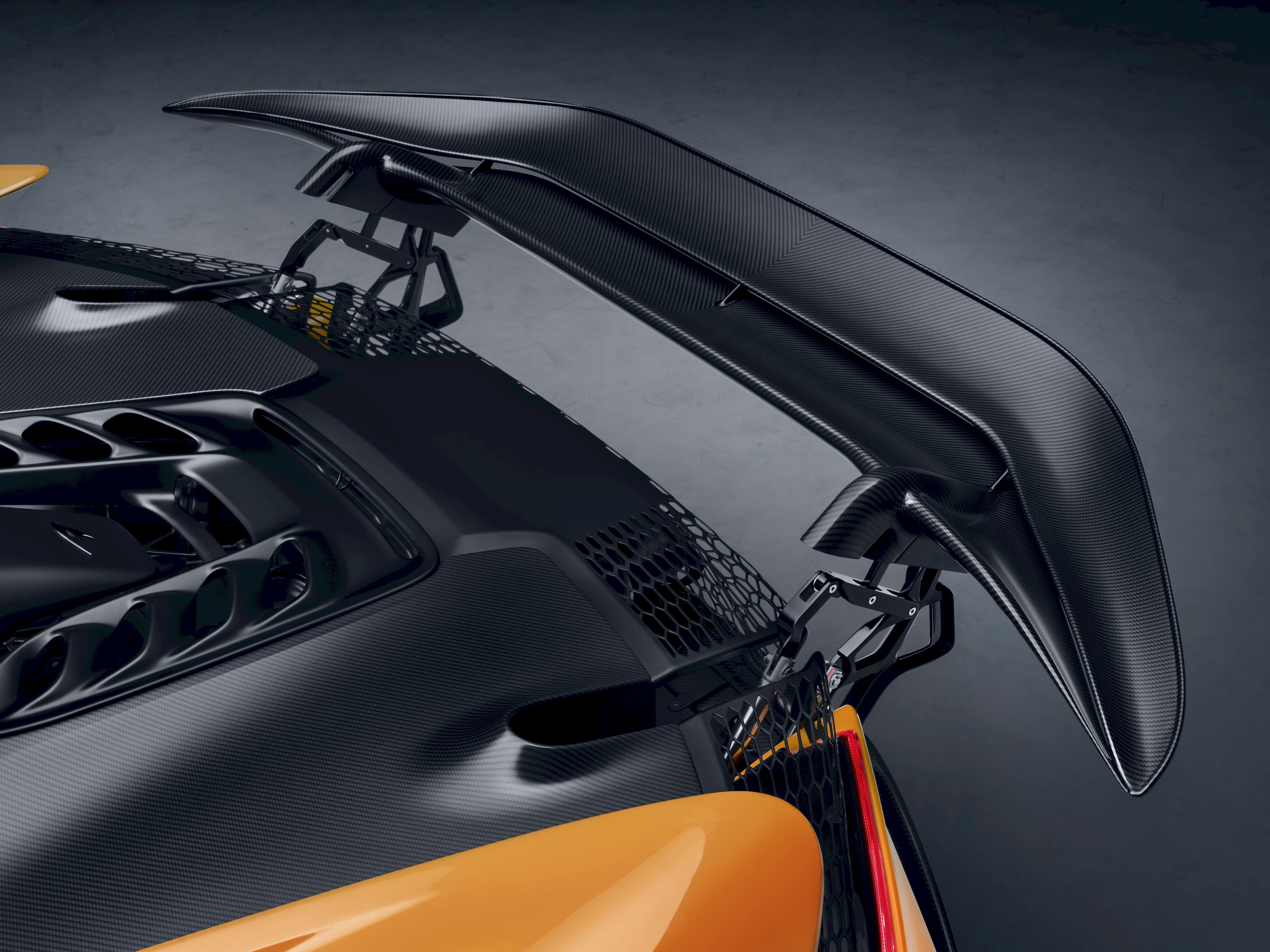




This will be a wonderful car but will it be a better car than the F1? The F1 was more than numbers but a driving experience.
Also this is a nice looking car but McLaren has an issue with Styling. A car at this price and performance should look much different than the other lesser cars.
The Corvette ZR1 also looks like the cheaper Stingray but at the price point with that performance I get it. When you step up to 7 figures you should be more exclusive.
Other than the exclusivity of the Iconic brands I wonder how the ZR1 and Zora will affect the supercar market. The new ZR has similar numbers here at 1900 pounds of down force. Is it worth $900K pulse for some of these cars.
I know the limited car will always find buyers but will some buyer pause for the car that will not kill you in repair costs. The coming road test will say much.
I love Mclarens but two weeks ago I was at an event with nearly 20 of them and they all looked very similar.
If you have to ask, you can’t afford it!
This will be fun to see going full tilt. It looks like the evolution of the P1. Should be great.
Cars like the Maserati MC20 and the new Ferrari V12 are just a lot more interesting to me and would win over my lottery fantasy money first over this. Exciting exotics that are road cars you can track, not track cars for the road. I would want to more go on road trips through mountains not throw away thousands on tires and extra maintenance.
The P1 was launched around 2013. It tells you that in order to exceed the 950+ horsepower P1, the new car has to generate 250 more horsepower. And only instrumented tests can tell the difference.
Cars need to be emotion and driving feel, not a laptop experience. Unfortunately all manufacturers are chasing metrics not driving dynamics. It will make cars from the 90’s even more valuable.